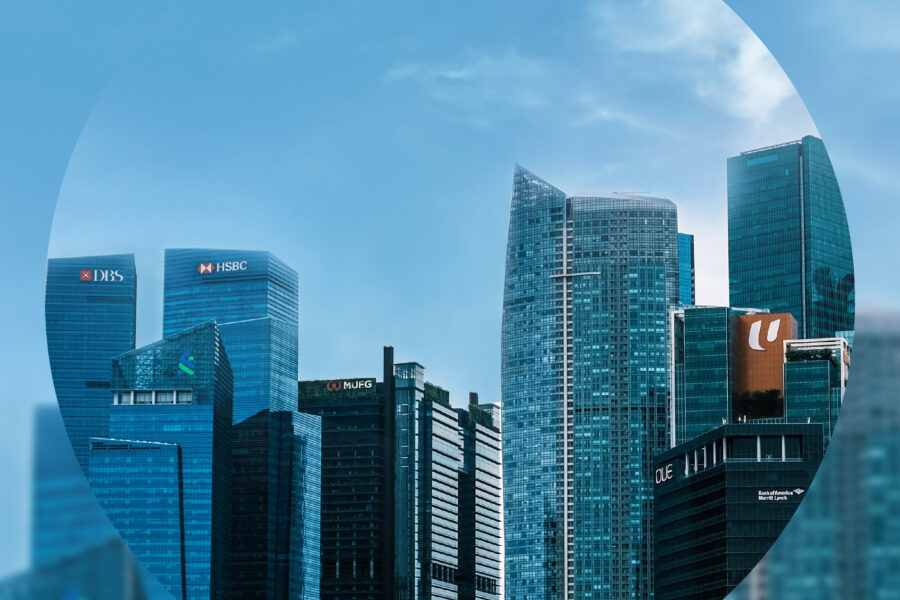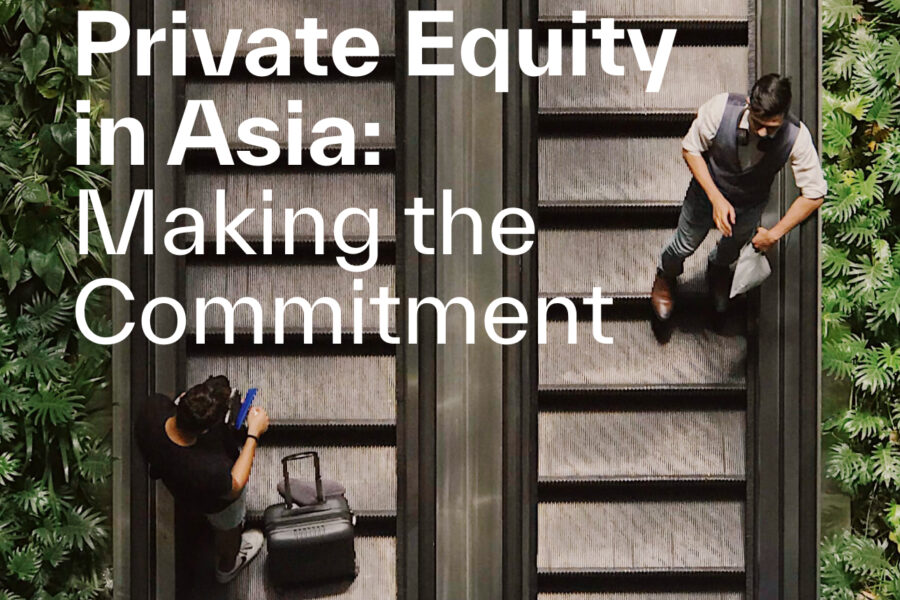Sustainable Construction + Branding
As Vietnam emerges from the pandemic, new infrastructure in Ho Chi Minh City’s Thu Thiem peninsula, among other locations, has taken shape. Yet what have the property and construction sectors learned from the last two years and how can they transform to meet the new profile of demand for real estate and construction solutions?
Over the past half decade, Vietnam’s Ministry of Construction (MoC) has garnered funding and support from UN Development Programme’s Global Environment Facility. They hope to realise a project to enhance Energy Efficiency in Commercial and High-Rise Residential Buildings (EECB). To make this happen, the MoC also updated their policy on technical requirements for the design, construction, or renovation of skyscrapers. By 2030, Vietnam commits to reducing greenhouse gas emissions by nine percent. With support from the international community, this percentage can increase to 27%, according to experts.
Keeping up with policy changes, what has the property sector learned? How can it transform to meet the new profile of demand for sustainable construction solutions?
The demand for urbanisation
Agriculture plays a crucial role in Vietnam’s economy, making up 21% of GDP. That said, climate change continues to wreak havoc on aquaculture and food production. The country suffers from periodic severe monsoons, volatile rainstorms, and droughts. It is also forecasted to be one of five nations in the world most severely impact by rising sea-levels and one of six countries in the Pacific-Rim region vulnerable to climate change.
As such, people from rural areas increasingly seek employment and education opportunities in cities, leading to a greater demand for buildings. However, studies show that urbanisation and emissions have a positive correlation. To mitigate the negative impacts of urbanisation, Vietnamese real estate developers and construction players can embrace sustainability and communicate their sustainable brand propositions effectively.
Building better
Developers and urban planners can adopt “green” structures that are highly efficient in utilising energy and materials. According to the Vietnam Green Building Council, these eco-friendly materials are characterised as “non-toxic, recycled, efficient, energy saving, long life-cycle, or less polluting”. Choosing the right building materials is the first step to sustainable construction. What matters is where sustainability is positioned in the place brand.
Sustainable construction is a valuable solution to slow down the detrimental effects on the environment due to human activities. On the one hand, when it is at the centre of the brand purpose, it provides meaningful work for the professionals operating in the industry. On the other hand, it also elevates the place experience for tenants, visitors, neighbourhoods, and employees. Sustainability in construction is better for public health, addresses wellbeing, and contributes to sustainability education for industry leadership.
Strategically opting for energy efficient materials can conserve resources, including energy, land, water, and materials, limit pollution, and protect the fragile ecosystem. This would ultimately tame adverse developmental impacts on society and the environment. When property and construction brands make an effort to build better, the positive impacts are felt for the next decade to come and beyond.
This article was first published in Sustainable Vietnam: A Focus on Sustainability, Partnerships, and Impact on 8 September 2022.








